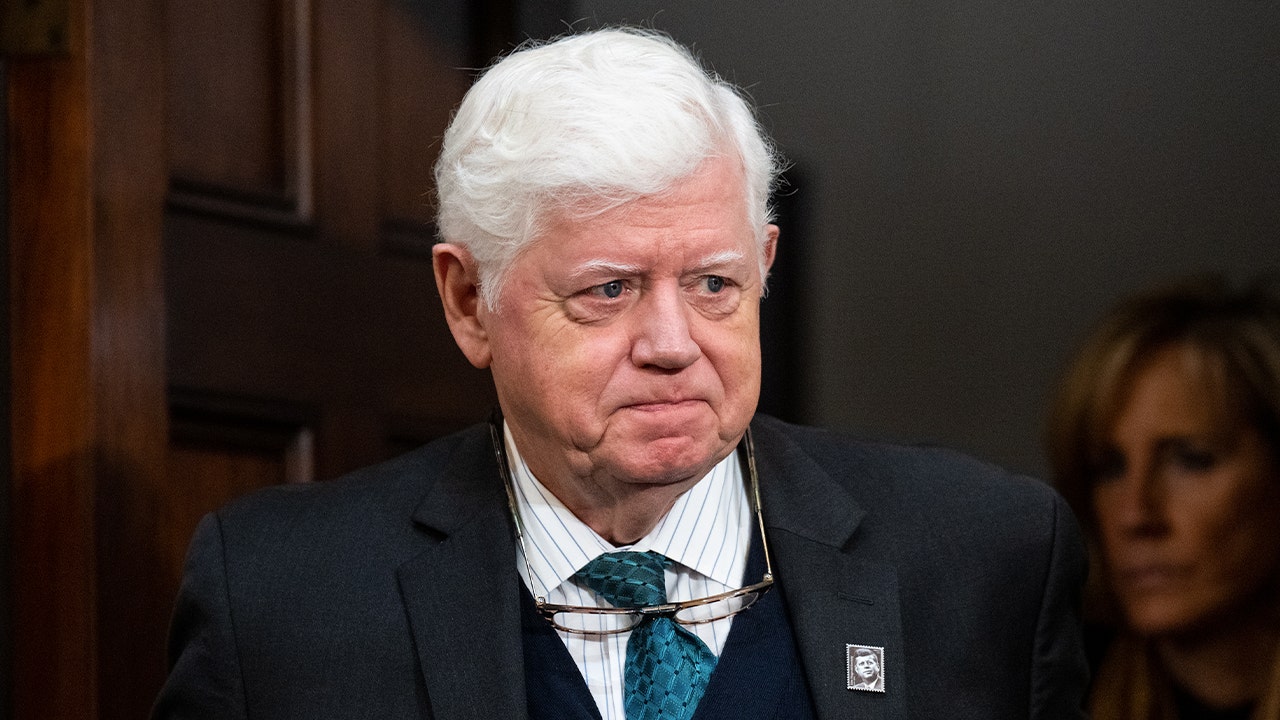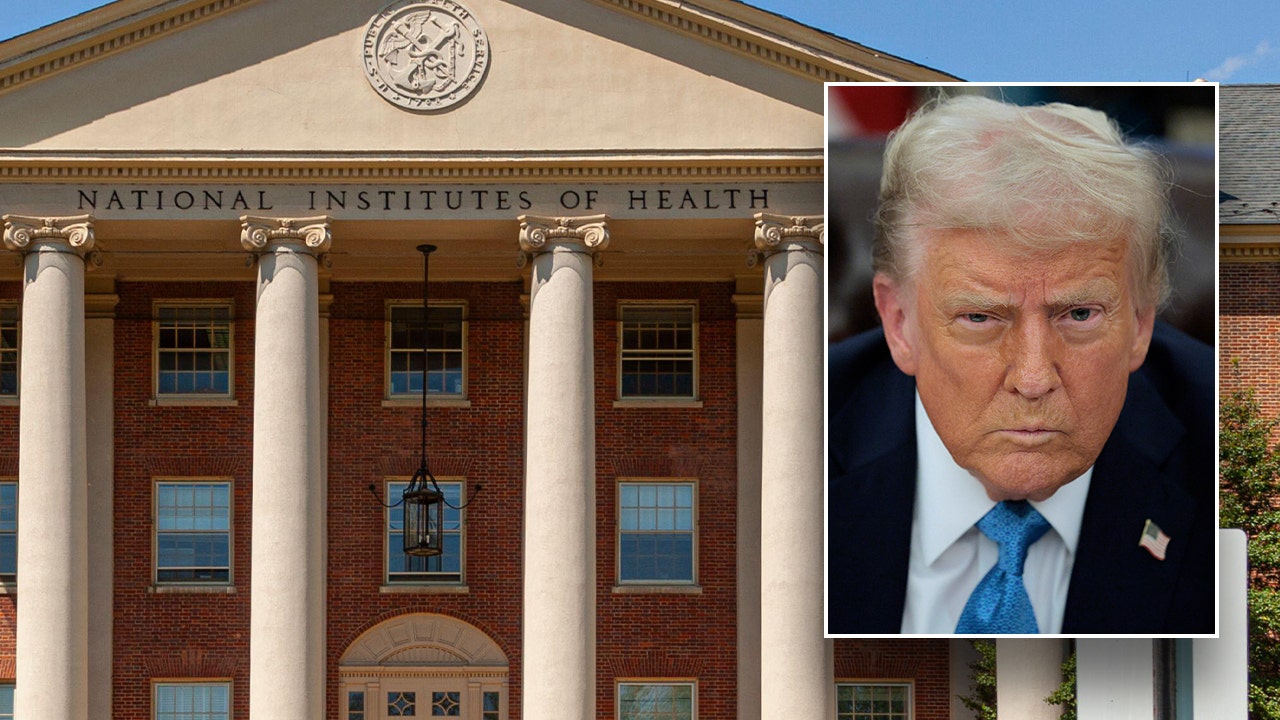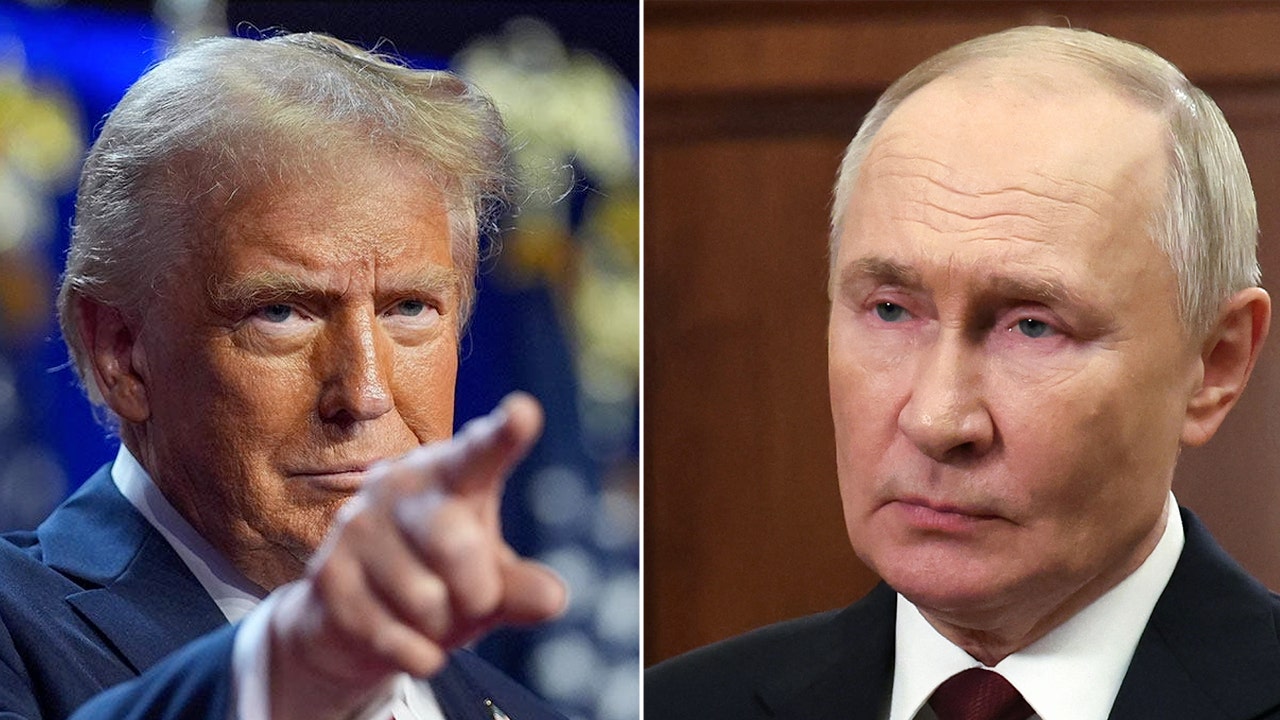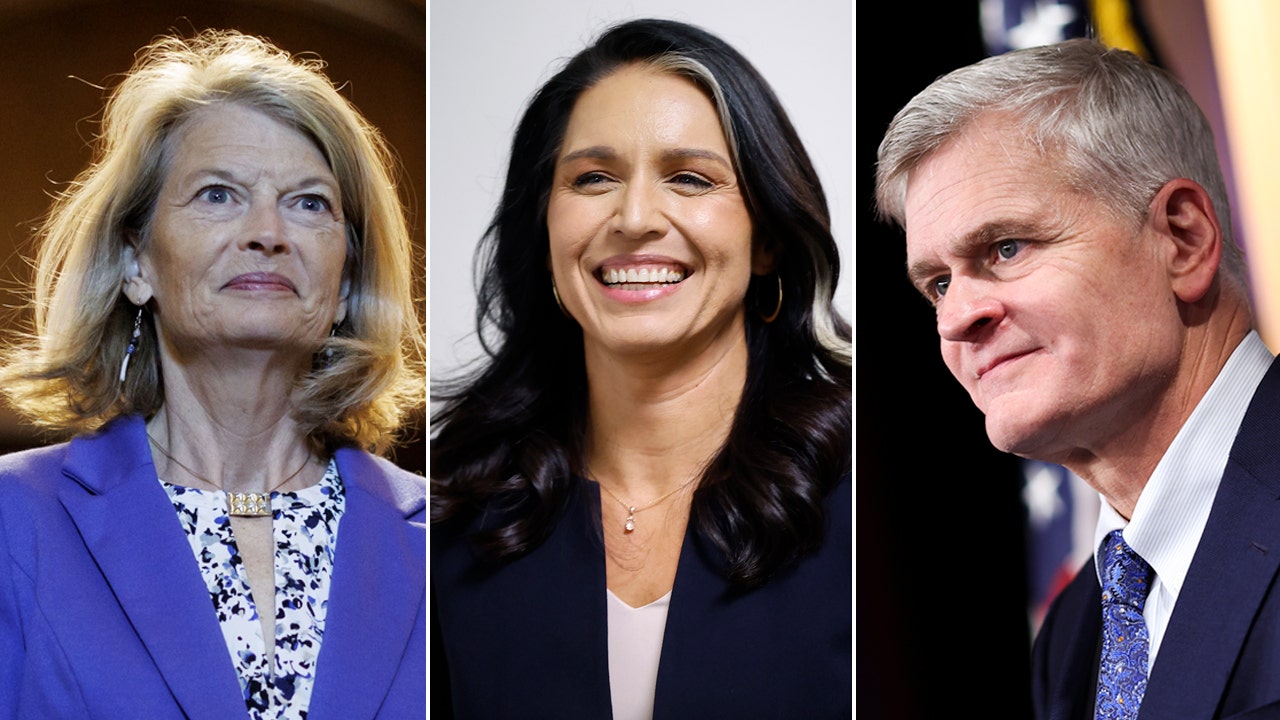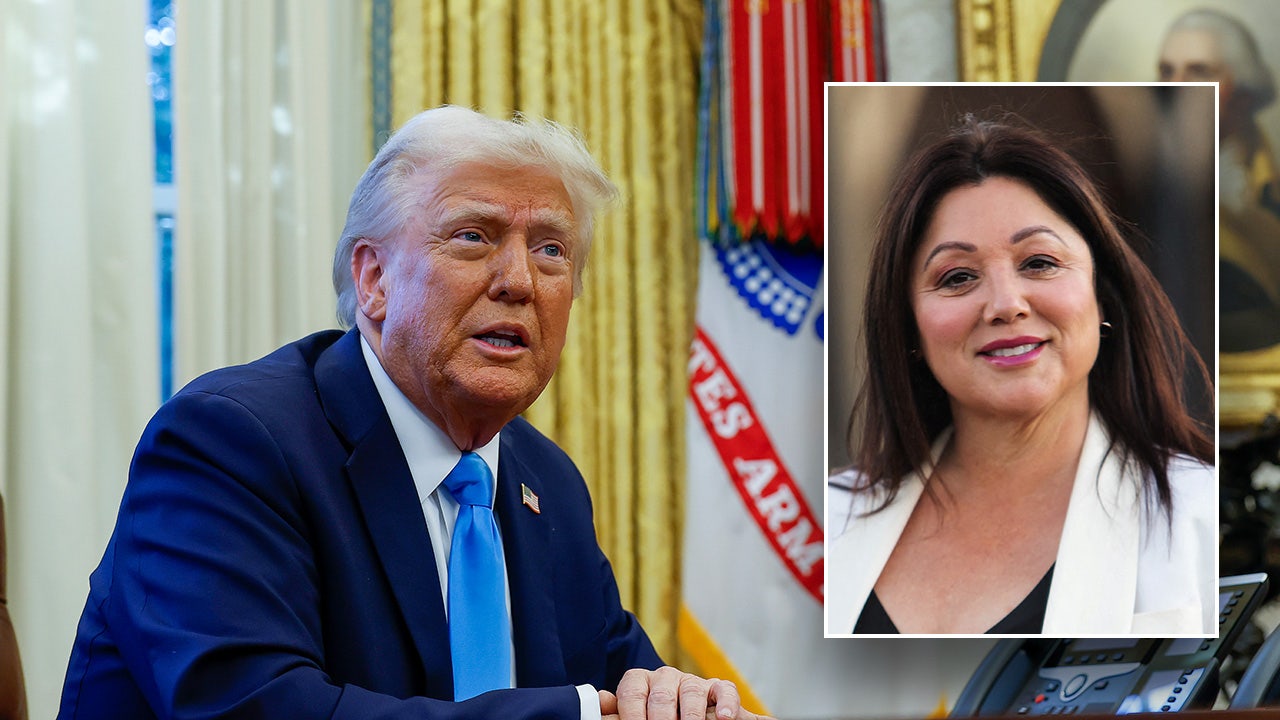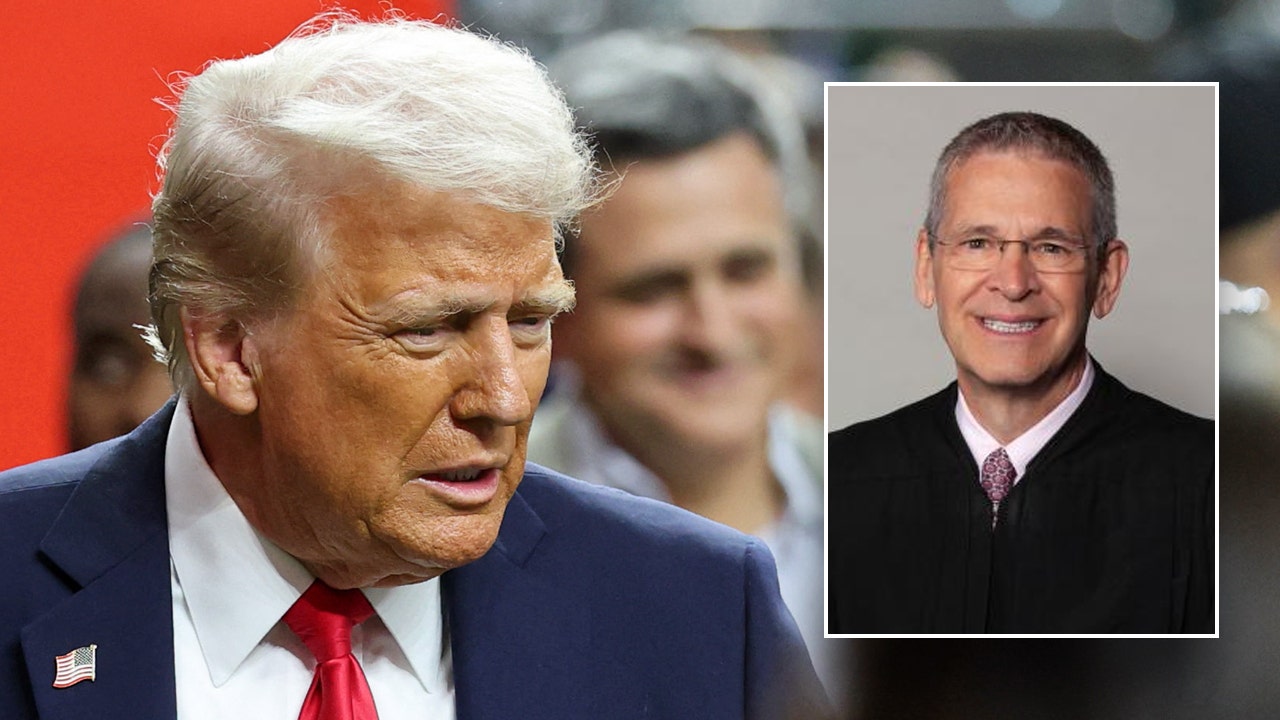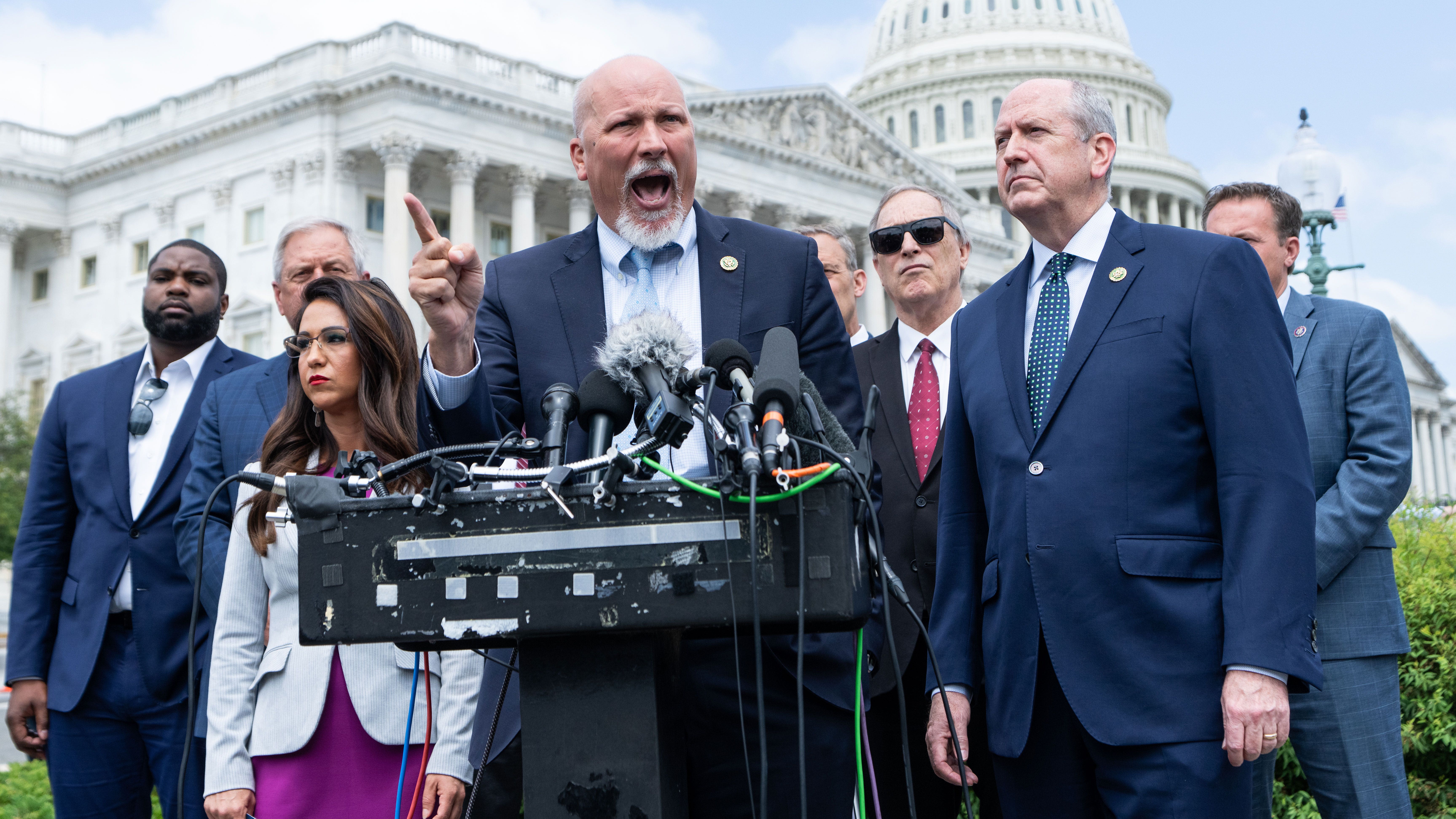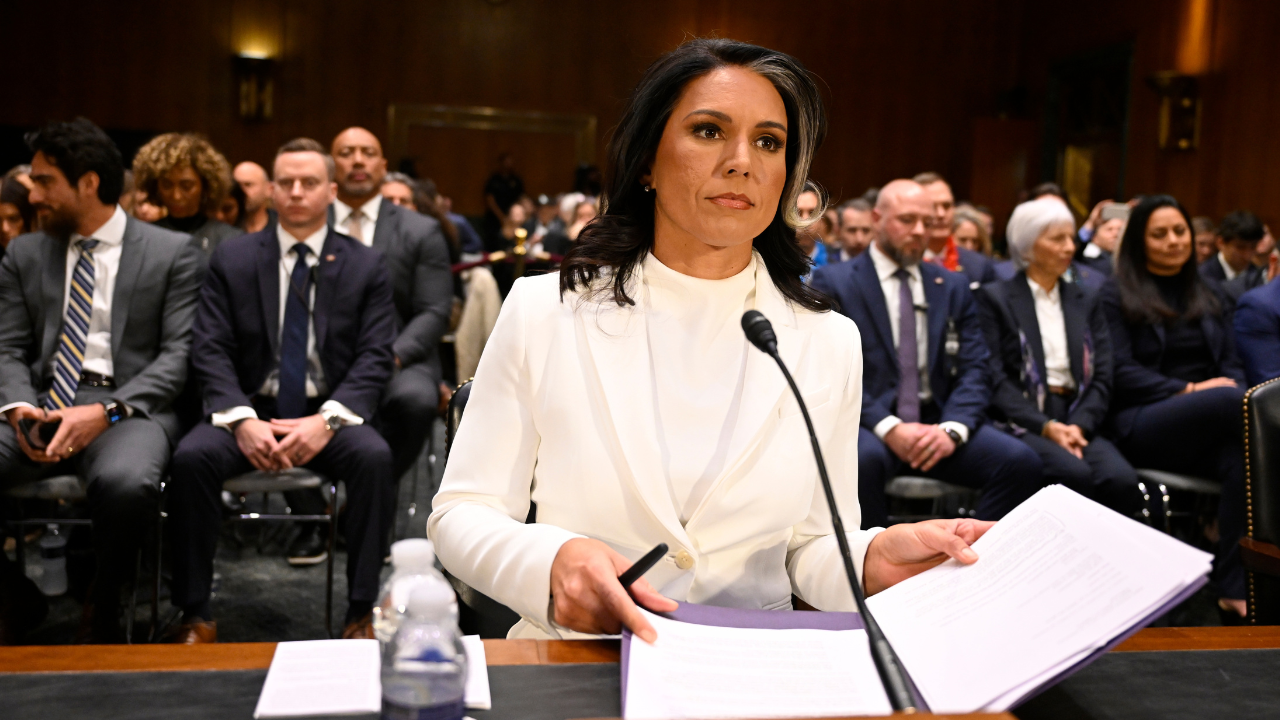The National Institutes of Health (NIH) announced it would be cutting billions in overhead costs associated with federally funded research grants that go to various institutions, as part of a wider move by the Trump administration to slash wasteful spending.
The agency’s announcement unveiling the directive indicated that in fiscal year 2023, the NIH spent around $35 billion across roughly 50,000 grants that go to research institutions, such as universities and hospitals. Of that $35 billion, according to the announcement, $9 billion was allocated for “indirect costs” that cover expenses related to depreciation on buildings, equipment, capital improvements, interest on debt associated with certain buildings, and operations and maintenance expenses.
When a grant is awarded, an additional percentage, on top of the allocated research funding, goes to the facility housing their work to cover these “indirect costs.” According to the announcement, that percentage has historically been around 27 to 28% for each grant; however, the new directive is now imposing a 15% threshold, unless otherwise negotiated.
US SEASONAL FLU CASES SKYROCKET TO HIGHEST LEVEL IN AT LEAST 15 YEARS: CDC
“Most private foundations that fund research provide substantially lower indirect costs than the federal government, and universities readily accept grants from these foundations. For example, a recent study found that the most common rate of indirect rate reimbursement by foundations was 0%, meaning many foundations do not fund indirect costs whatsoever,” NIH’s announcement, released Friday evening, stated. “In addition, many of the nation’s largest funders of research—such as the Bill and Melinda Gates Foundation—have a maximum indirect rate of 15%. And in the case of the Gates Foundation, the maximum indirect costs rate is 10% for institutions of higher education.”
Some universities responded to the new indirect cost cap with confusion and backlash.
The University of Wisconsin-Madison put out a statement arguing the new indirect cost cap will “significantly disrupt vital research activity and daily life-saving discoveries.” It added that the move will also “have an inevitable impact on student opportunities to engage in research activities.”
POSITIVE PEOPLE CAME THROUGH COVID MUCH BETTER THAN OTHERS: NEW STUDYNews of the

At the University of Michigan, which currently has a negotiated indirect cost rate with the federal government of 56%, the school put out a statement emphasizing the “great deal of uncertainty” over how the policy will be implemented. The school said it has begun investigating the implications of this new rule on its current grants.
“It seems like it is of a piece with the sort of slash-and-burn philosophy of the current administration,” Dr. Francis P. Wilson, a Yale associate professor of medicine and public health, told the Yale Daily News. “It feels indiscriminate and abrupt, executed with little regard for the potential downstream consequences.”
The Trump administration’s Department of Government Efficiency, led by Elon Musk, applauded the move in a post on social media. “Amazing job by the NIH team,” the group said in a post on social media. “Saved > $4B annually in excessive grant administrative costs.”
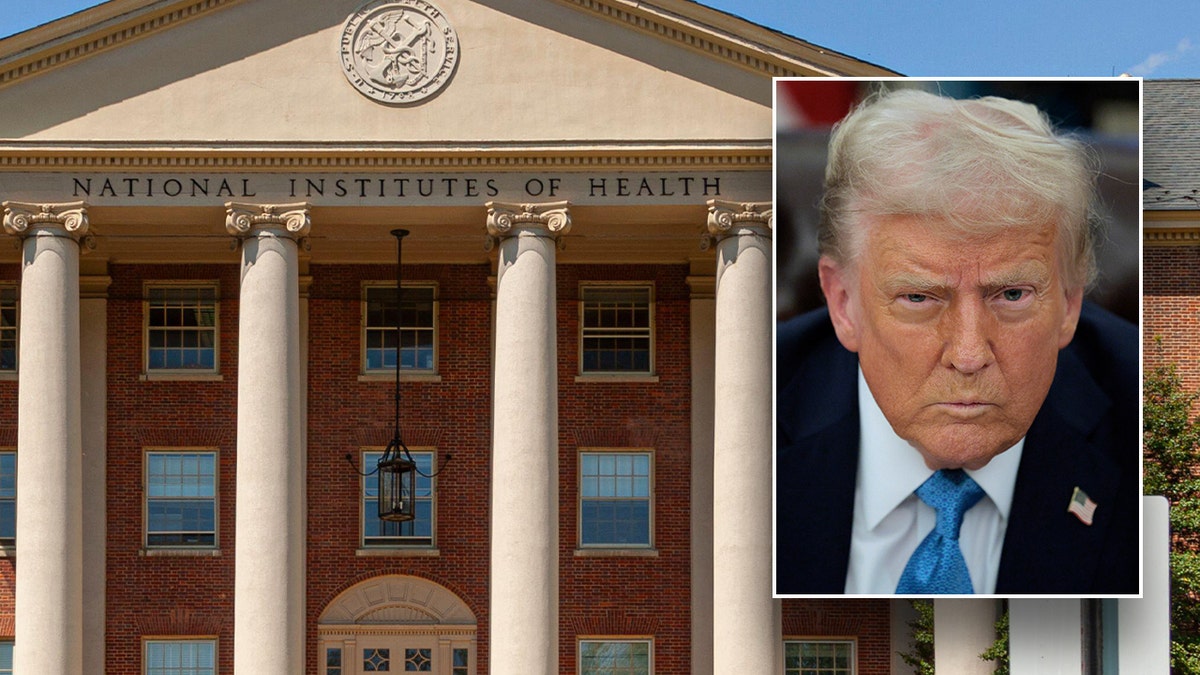
CLICK TO GET THE FOX NEWS APP
“Can you believe that universities with tens of billions in endowments were siphoning off 60% of research award money for ‘overhead’?” Musk also posted on social media. “What a ripoff!”
“Contrary to the hysteria, redirecting billions of allocated NIH spending away from administrative bloat means there will be more money and resources available for legitimate scientific research, not less,” added White House spokesperson Kush Desai in an emailed statement to reporters.
Fox News Digital reached out directly to the NIH for comment but did not receive a response in time for publication.
